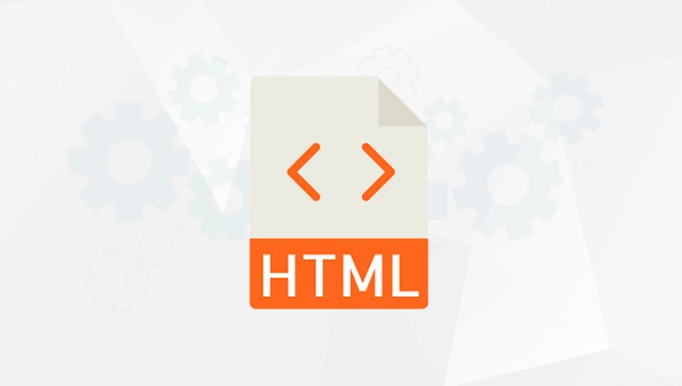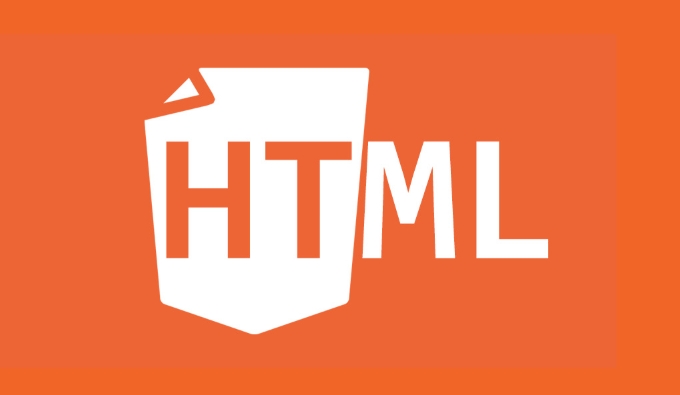
The HTML <section></section> tag is used to define a thematic grouping of content, typically with a heading. It helps structure a webpage into logical blocks, making the code more readable and accessible. Using <section></section> appropriately improves both SEO and user experience by clearly organizing different parts of a page.
 ` section?" />
` section?" /> When to Use the <section></section> Tag
The <section></section> element should be used when you need to group related content that shares a common theme or purpose. This might include a homepage banner, a product listing, a blog post summary, or a contact form area.
 ` section?" />
` section?" />Here are some typical scenarios:
- A blog post or article can be wrapped in a
<section></section>if it's part of a larger page with multiple topics. - A pricing table block on a landing page.
- An about-us section containing team members or company history.
Avoid using While For example, an Using the right tag helps screen readers and search engines better understand your page structure. Proper use of Some things to keep in mind: These practices help ensure that your site is not only visually organized but also semantically meaningful. Basically that's it.<section></section> just for styling purposes. If there's no thematic break, consider using a  ` section?" />
` section?" /> How
<section></section> Differs from <div> and <code><article></article><section></section> , <div> , and <code><article></article> can all wrap content, they have semantic differences:
<section></section> is semantic and indicates a self-contained block with a common theme.<div> is non-semantic and purely for styling or grouping elements without meaning.<li> <strong><code><article></article> is also semantic but represents a complete piece of content that could stand alone, like a blog post or news story.<article></article> might contain one or more <section></section> elements to divide its internal content. Accessibility and SEO Benefits
<section></section> can improve accessibility because screen readers can navigate through sections more effectively. It also supports better SEO since search engines give weight to how well a page is structured.
<section></section> with a heading ( <h1></h1> – h6 ) to describe its purpose.<section></section> —only apply it where logical divisions exist.


























